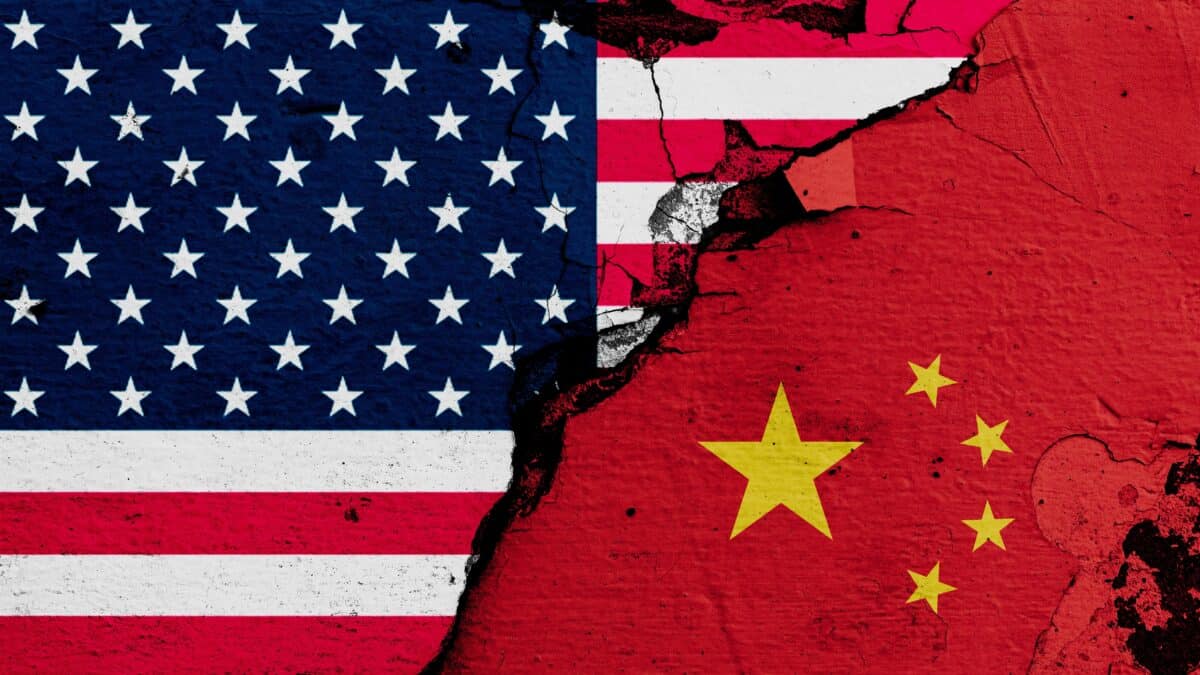American enterprises and consumers should move away from Chinese dependency and demand that supply chains are orientated toward what I call the “Freedom Trade,” a system built on the idea that the rule of law, domestic free markets, human rights, and environmental standards are necessary for global prosperity and peace.
Supply chains operate best when there is predictability and peace – and the only way to guarantee this is to ensure that countries operate within the Freedom Trade system.
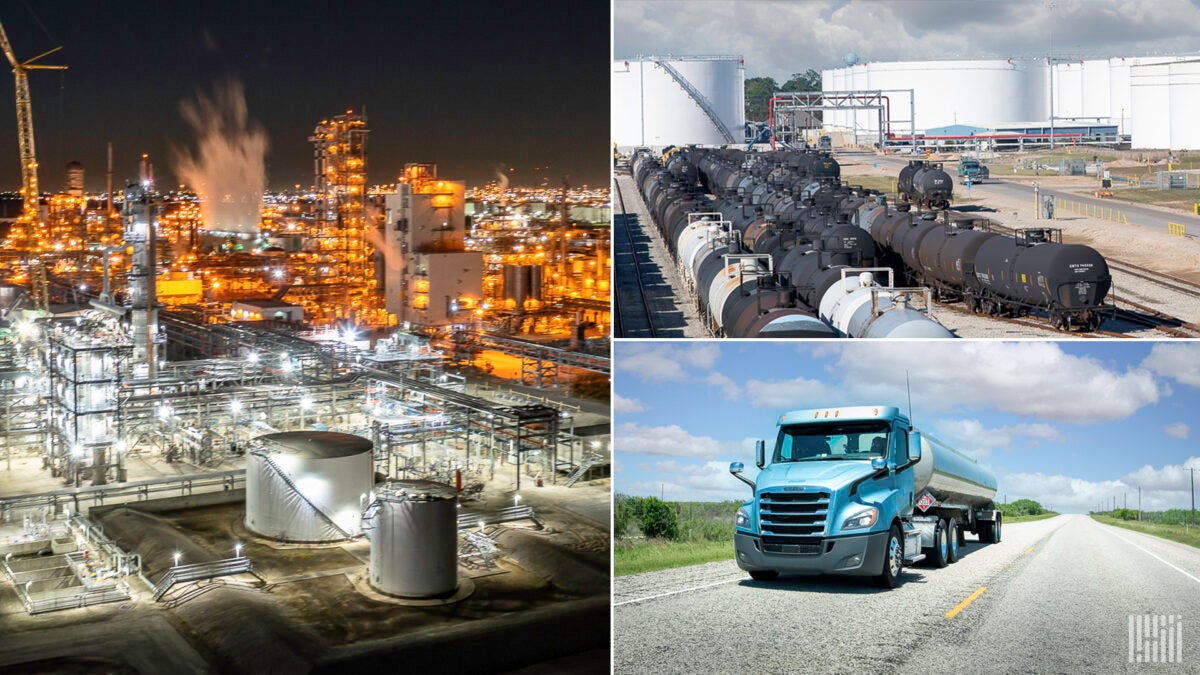
Post-Cold War prosperity for much of the world
The most productive and safest period in human history has taken place over the past 30 years, thanks to the foundation that America helped to build during the Cold War. The implosion of communism in what was then the Union of Soviet Socialist Republics (USSR) left the world with an uncontested superpower (at least for a period of time). China’s entry into the World Trade Organization in 2001 began a new era of global economic integration.
Capitalism spread wealth far and wide, benefiting nearly every civilization and country. Living standards increased to unprecedented levels. The world became oriented toward market-driven economies and countries participated in free trade. American-designed technology and information networks proliferated, offering electronic commerce and the ability for countries and entrepreneurs to sell their goods to a worldwide audience.
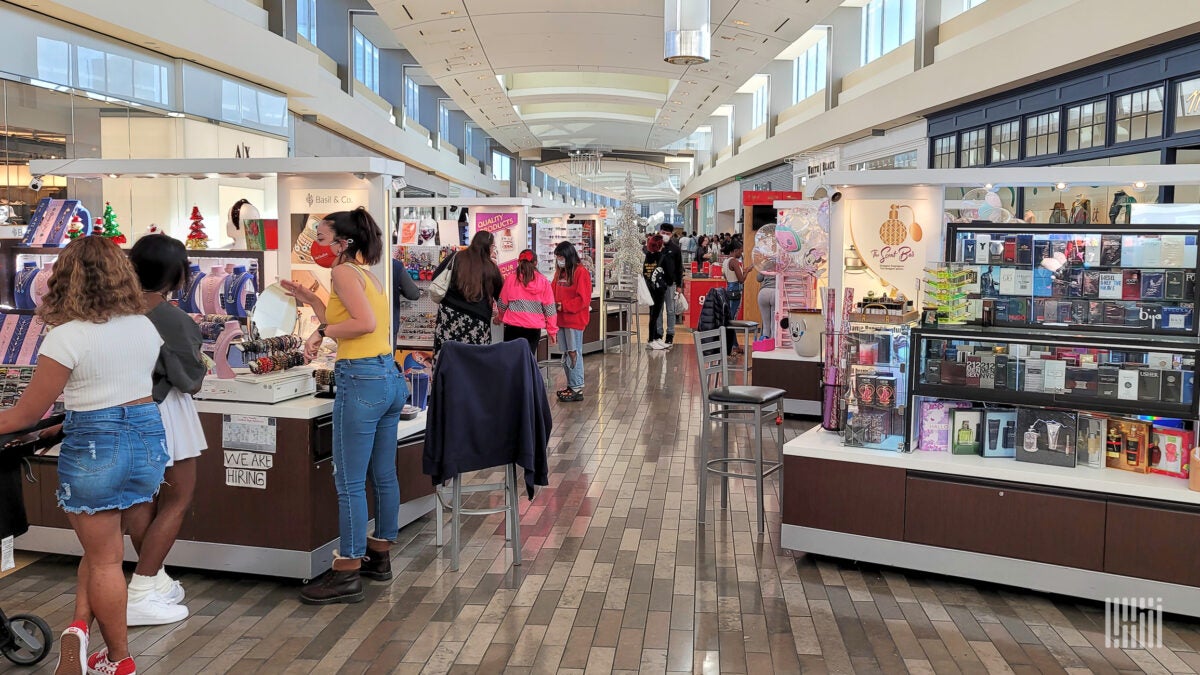
The world became connected in ways that few would have imagined in the Cold War era. Countries that shifted their economies toward global markets were largely rewarded with capital investment and prosperity.
The United States played global policeman; we weren’t perfect, but the international order was far more predictable than during the great power near-peer conflicts that plagued the past few centuries. The world became a much more peaceful place under the American globalization system than it had been before it. (And that doesn’t mean that there haven’t been conflicts within or between nations and terrorism has been a cancer across the globe.)
The U.S. Navy aircraft carrier groups that were built after World War II and since have practiced ‘gunboat diplomacy,’ ensuring that trade lanes were open and protected from those that would jeopardize commerce and (relative) peace.
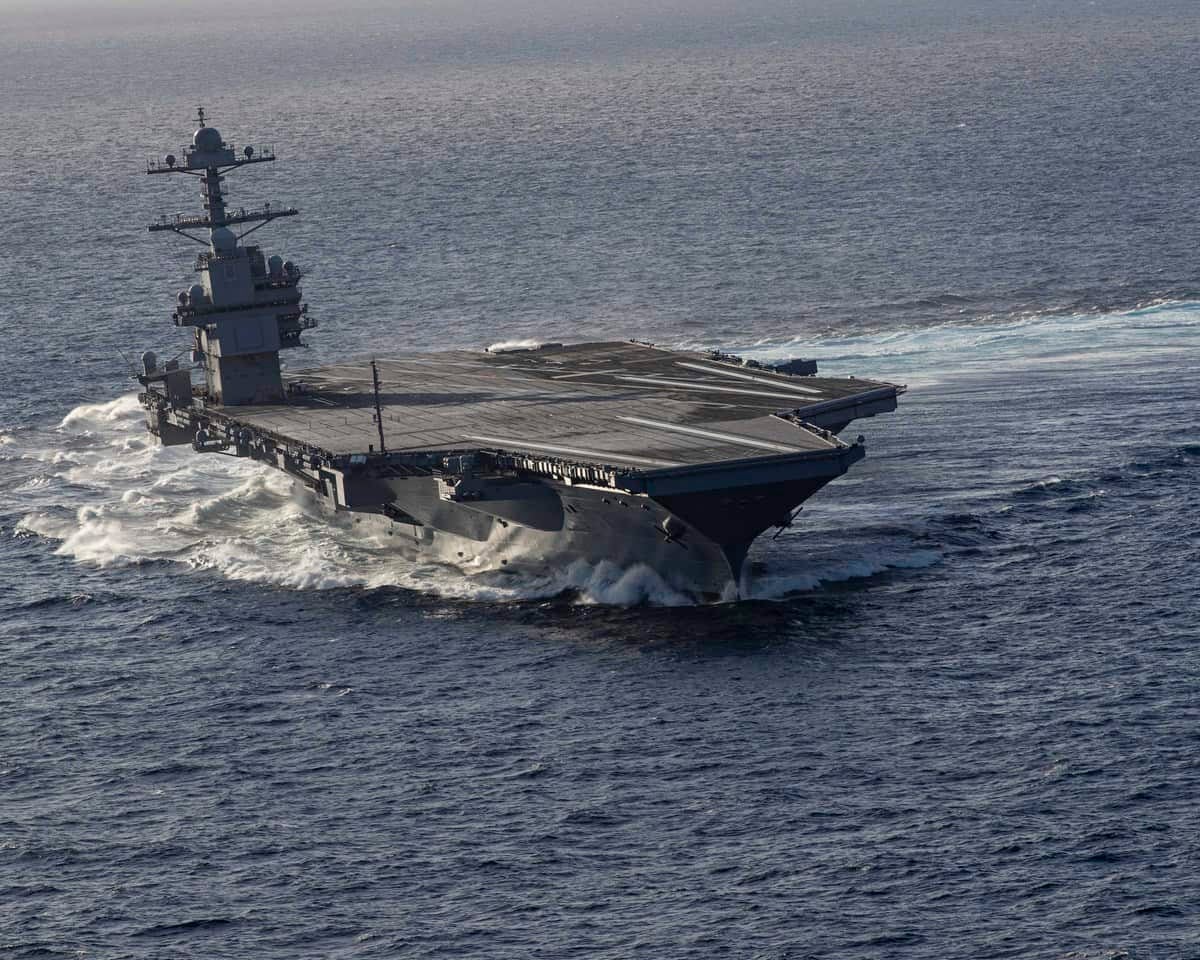
(Photo: Mass Communication Specialist 3rd Class Connor Loessin/U.S. Navy)
The world’s economies since the end of the Soviet Union
Since the break-up of the Soviet Union, America’s primary expectation of and for other countries was to allow global commerce to proliferate. If a country participated in the U.S.-led international trade regime, it gained far more than it gave up.
Countries that had once been mired in poverty due to lack of capital found that if they participated in the American free-market system, they generally would be rewarded with peace and prosperity. And many countries did participate.
This was first seen in Germany and Japan, the nations that lost World War II. The United States helped rebuild their economies, and since then they have prospered mightily. Others followed, including China, Vietnam, Russia, Colombia, Mexico, the Philippines, and countries throughout Eastern Europe. All experienced rapid growth and prosperity – often benefiting from America’s free trade system far more than America itself did.
When nations joined the American free trade system, they were expected to create open and free markets at home. Countries were also expected to ensure (to one degree or another) standards for human rights, the environment, and rule of law that were more common in advanced Western-oriented economies.
The strength of the American free-market system was that it relied less on hard power (military) and more on market power and consumer opinion. American free markets had always relied upon proxy power in the form of a global currency and the purchasing power of global consumers. If a country violated rules that either the market or consumers had established, the violating country or business would be punished by losing American dollars.
And for the first 20 years after the fall of the Iron Curtain, the proxy power of American free markets worked exceptionally well. Countries and businesses that operated under this model were rewarded with unprecedented prosperity. In nearly all parts of the world, the standard of living quickly increased.
The People’s Republic of China does it differently
No country benefited more than the People’s Republic of China.
China, which suffered under some of the most incompetent and unjust leadership in the period from 1949 through the Cold War, began to ascend from an impoverished backwater to a world economic and military power. From 2000 to 2010, China’s GDP per capita more than quadrupled.
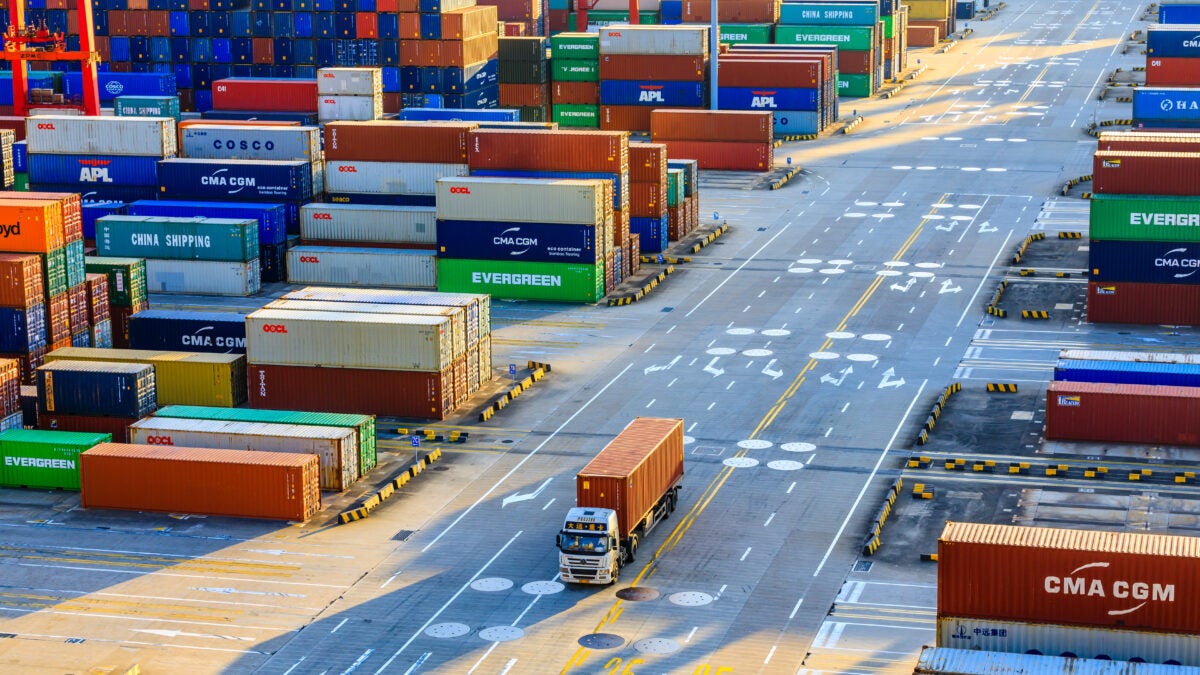
In the earliest part of its ascension towards economic prosperity, China did develop a stronger orientation toward American free markets. It even developed a semi-market-driven domestic economy that allowed Chinese citizens to benefit significantly from prosperity and acquire property.
But as China became wealthier, the American version of the free market became far less appealing to the Chinese Communist Party (CCP). The CCP wanted American free-market prosperity, but without offering the rule of law, domestic free markets, human rights, or environmental standards. The Chinese wanted to mooch off the free market but offer little in return.
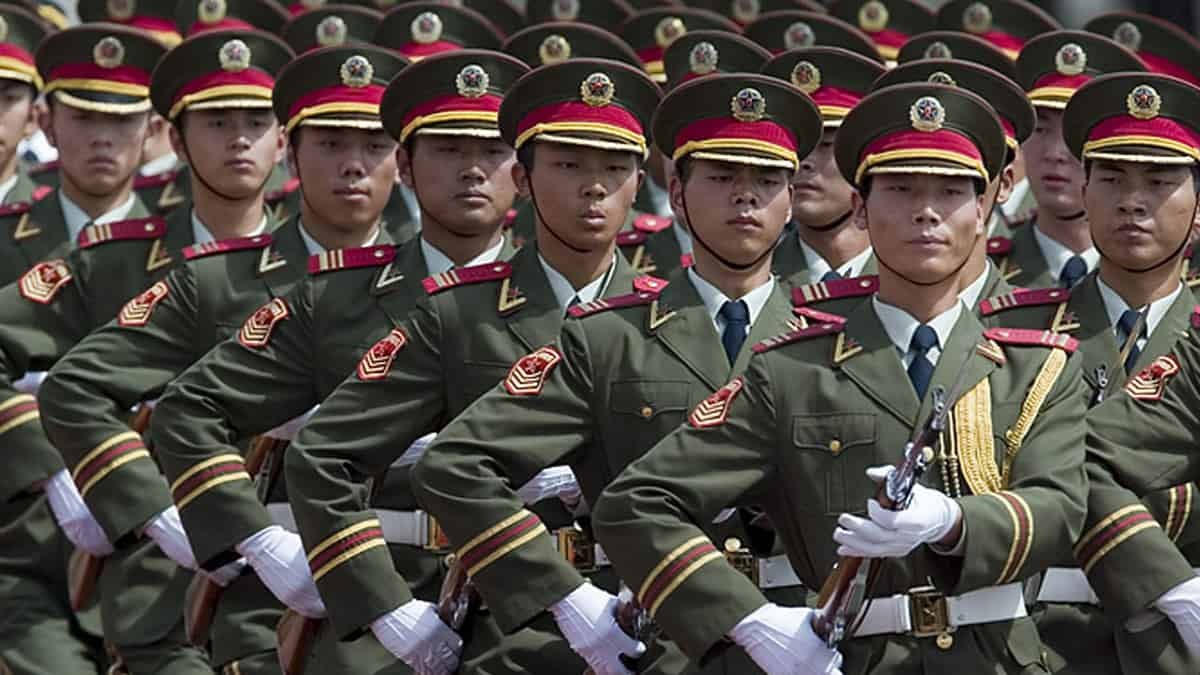
The United States paid a massive price for allowing China to “have its cake and eat it too.” The American working class was hollowed out as jobs and production were outsourced to Chinese manufacturers. Moreover, Chinese markets were never truly open to American businesses and the Chinese track record on human and environmental rights is abysmal.
And the world was willing to play along… As long as China was willing to build the infrastructure and systems that enabled global supply chains to benefit from cheap labor and manufactured goods, the free market looked beyond the failings of the Chinese government and its unwillingness to participate in American-led standards.
But that recently changed.

When China locked down roughly half of its economy, it exposed the world to a disturbing reality – the more dependent we are on Chinese supply chains, the more vulnerable the American free-market system is, thus endangering peaceful trade and global prosperity.
China has attacked the very system that has enabled it to prosper and has stated its intention to create a new system, based on Chinese governing principles. It aspires for a world not of American principles of economics, but rather centrally planned control and artificial prosperity. The Chinese version of a prosperous system has little regard for individual rights, environmental standards, or free markets.
Therefore, Freedom Trade demands that autocratic regimes stop trying to manipulate the markets in which they operate. Otherwise, they artificially impact the supply chains that global businesses depend on and can cause great damage to the entire Freedom Trade system.
And since supply chains prosper when all parties have a mutual understanding and aligned goals, the world will once again enjoy supply chain prosperity and transparency.










